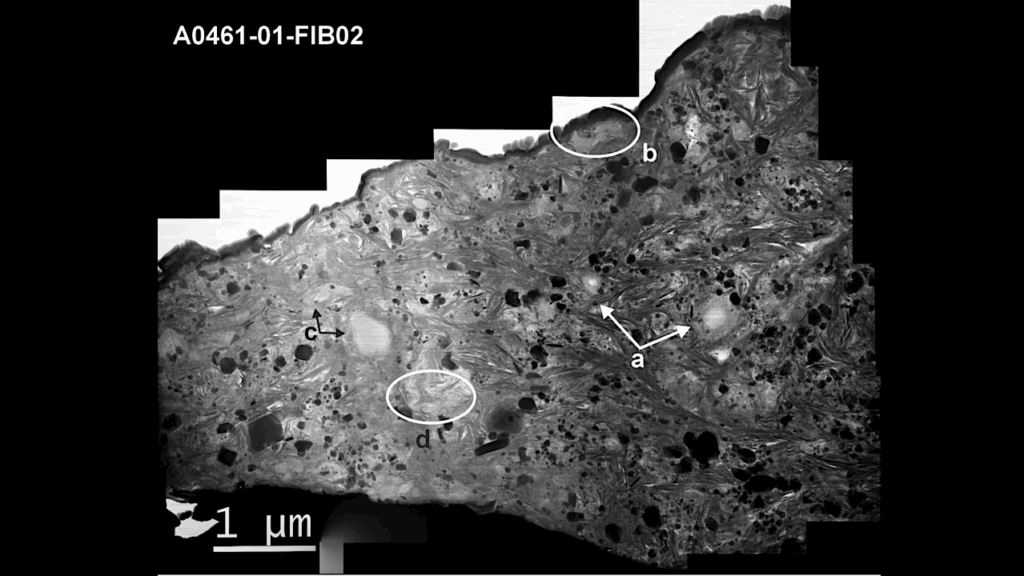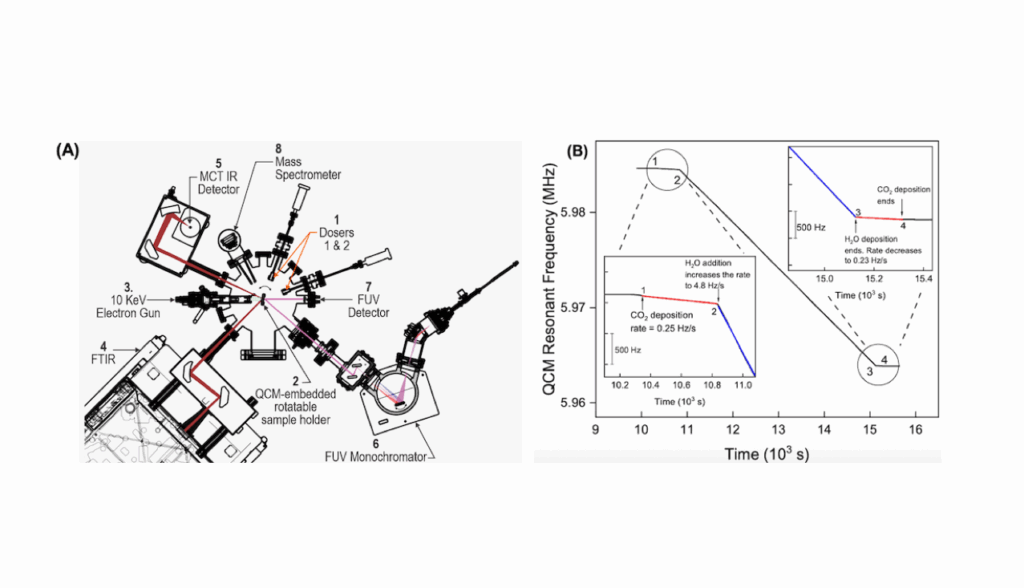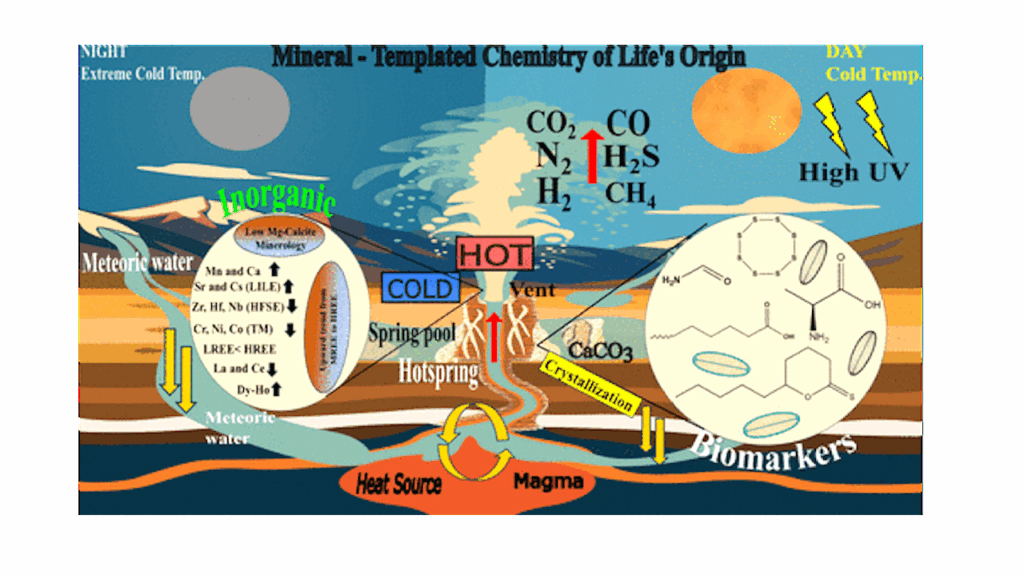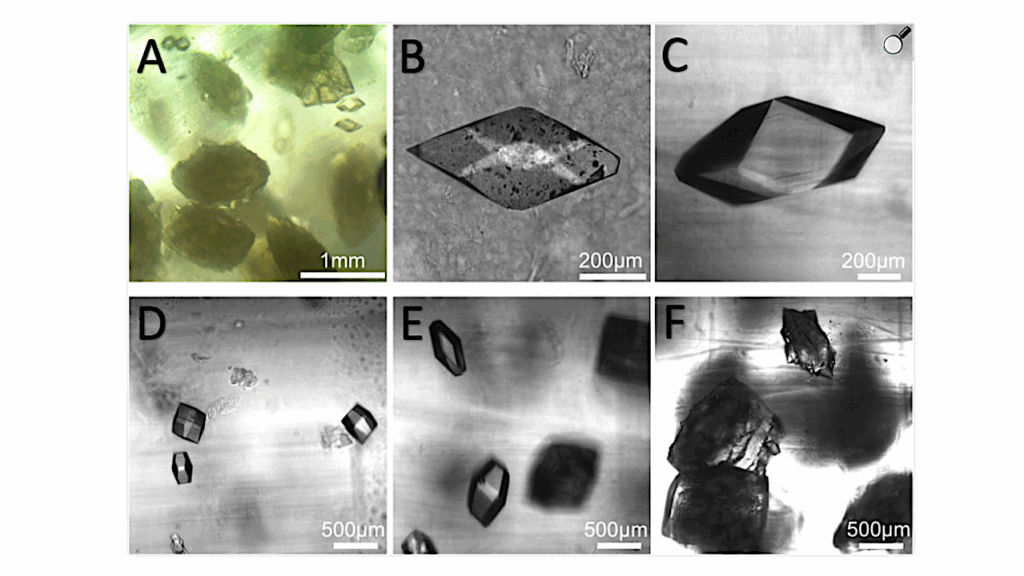The Genetics Of Temperature Adaptation: How Does Life Thrive In Extreme Conditions?
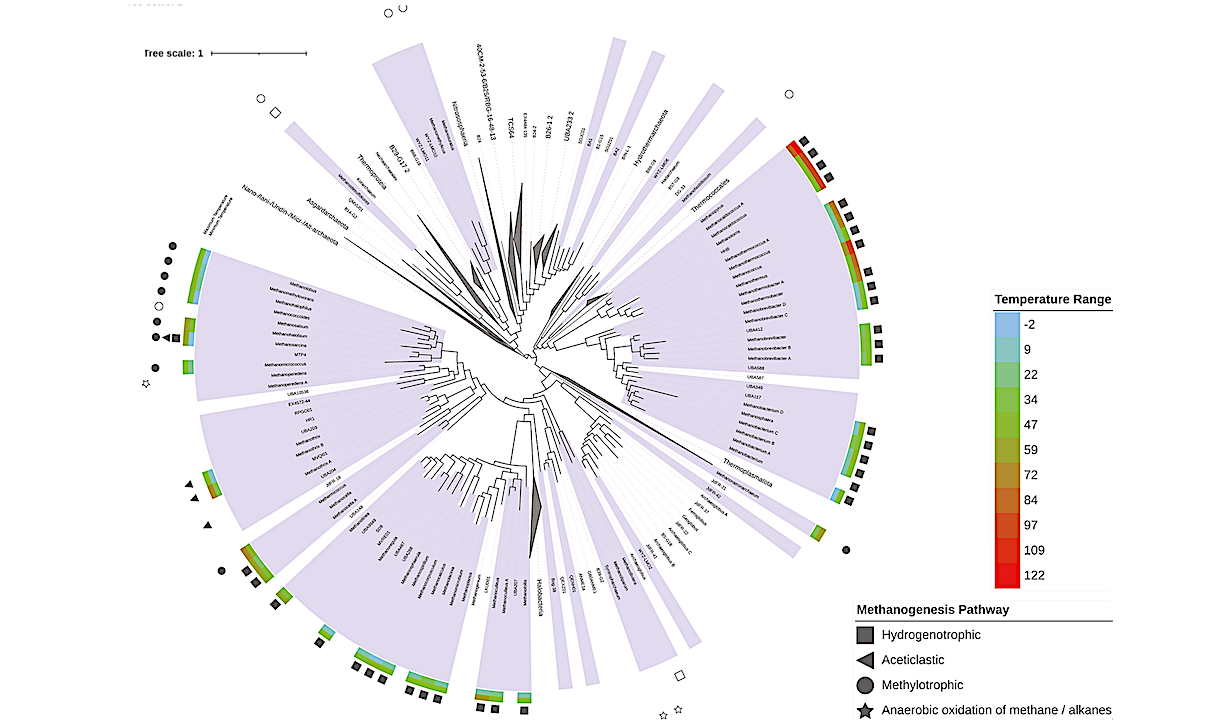
The history of the Earth has been one of physical extremes—extreme atmospheric conditions, extreme chemical environments, and extreme temperatures. There was a time when the Earth was so hot all the water was vapor, and the first rain only fell once the planet cooled enough.
Soon after, life emerged and through it all, life has found a way. Today life is found almost everywhere on Earth we have looked; it is difficult to find places where life does not exist. The remarkable ability of life to adapt to variable conditions is one of its defining characteristics. Of its many adaptations, the ability of life to adapt to varying temperatures is one of the most interesting.
All of life relies on chemical reactions, which are by nature sensitive to temperature. And yet, life exists across a spectrum of temperatures, from the Antarctic ice shelf to the edges of submarine volcanoes. This begs the question, how does life adapt to different temperatures? To attempt to unravel this question, a research team, led by Paula Prondzinsky and Shawn Erin McGlynn of the Earth-Life Science Institute (ELSI) at Tokyo Institute of Technology, recently investigated a group of organisms called methanogens.

A 100×100 micrometer field of view of an aggregate of methane-producing microorganisms CREDIT Paula Prondzinsky
Methanogens are methane-producing, single-celled microorganisms that belong to a larger domain of “Archaea” (ancient, single-celled organisms that do not have cell nuclei and are thought to have been the predecessor to Eukaryotic cells). As a single physiological group, methanogens can thrive across a range of temperature extremes, from -2.5 oC to 122 oC, making them ideal candidates to study temperature adaptation.
In this work, the researchers analysed and compared the genomes of different species of methanogens. They divided the methanogens into three groups based on the temperatures they thrived in—thermotolerant (high temperatures), psychrotolerant (low temperatures), and mesophilic (ambient temperatures).
They then constructed a database of 255 genomes and protein sequences from a resource called the Genome Taxonomy Database. Next they obtained temperature data for 86 methanogens which are in laboratory collections from the Database of Growth TEMPeratures of Usual and Rare Prokaryotes. The result was a database which linked genome content to growth temperature.
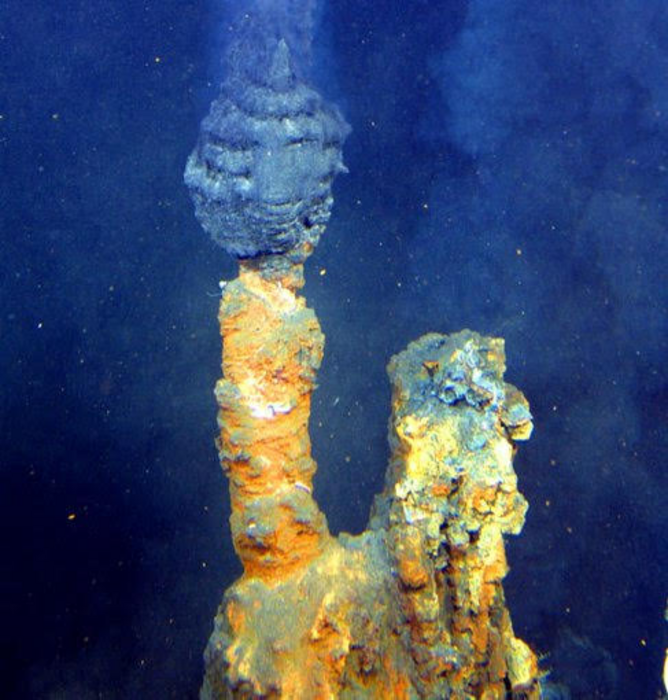
The most heat-tolerant methanogens were found at a deep-sea hydrothermal vent site CREDIT NOAA
After that, the researchers used a software called OrthoFinder to establish different orthogroups—sets of genes descended from a single gene present in the last common ancestor of the species under consideration. They then segregated these orthogroups into i) core (present in over 95% of the species), ii) shared (present in at least two species but in less than 95% of the organisms), and iii) unique (present only in a single species). Their analyses revealed that about one third of the methaogenic genome is shared across all species. They also found that the amount of shared genes between species decreases with increasing evolutionary distance.
Interestingly, the researchers found that thermotolerant organisms had smaller genomes and a higher fraction of core genome. These small genomes were also found to be more evolutionarily “ancient” than the genomes of psychrotolerant organisms. Since thermotolerant organisms were found in multiple groups, these findings indicate that the size of the genome is more reliant on temperature than on evolutionary history.
They also suggest that as methanogen genomes evolved, they grew rather than shrank, which challenges the idea of “thermoreductive genome evolution,” i.e., that organisms remove genes from their genomes as they evolve into higher temperature locations.
The researchers’ analyses also showed that methanogens grow across this wide range of temperatures without many special proteins. In fact, most of the proteins encoded by their genomes were similar. This led them to consider the possibility of cellular regulation or finer scale compositional adaptations as the root cause of temperature adaptation. To investigate this, they looked into the composition of amino acids—the building blocks of proteins—in the methanogens.
They found that specific amino acids were enriched in particular temperature groups. They also found compositional differences in the amino acids pertaining to their proteome charge, polarity, and unfolding entropy—all of which affect protein structure, and thereby its ability to function. In general, they found that thermotolerant methanogens have more charged amino acids and functional genes for ion transport, which are not present in psychrotolerants.
Whereas psychrotolerants organisms are enriched in uncharged amino acids and proteins related to cellular structure and motility. However, the researchers could not pinpoint specific functions shared by all members of a temperature group, suggesting that temperature adaptation is a gradual process which occurs in fine steps rather than requiring large scale changes.
Altogether, “This indicates that the very first methanogens, which evolved at a time when the conditions on the Earth were hostile to life, may have been similar to the organisms we find on present day Earth,” explains Paula Prondzinsky. “Our findings could point toward traits and functions present in the earliest microbes, and even hold clues as to whether microbial life originated in hot or cold environments. We could extend this knowledge to understand how life could adapt to other kinds of extreme conditions, not just temperature, and even unravel how life on other planets could evolve.”
Reference:
Paula Prondzinsky1,2,, Sakae Toyoda2, Shawn Erin McGlynn1,3,4, The methanogen core and pangenome: conservation and variability across biology’s growth temperature extremes, DNA Research, DOI: 10.1093/dnares/dsac048
Earth-Life Science Institute, Tokyo Institute of Technology, 2-12-1 Ookayama, Meguro-ku, 152-8550 Tokyo, Japan
Department of Chemical Science and Engineering, Tokyo Institute of Technology, 4259 Nagatsuta-cho, Midori-ku, 226-8503 Yokohama, Japan
Center for Sustainable Resource Science, RIKEN, 2-1 Hirosawa, Wako, 351-0198 Saitama, Japan
Blue Marble Space Institute of Science, Seattle, WA 98154, USA
More information
Tokyo Institute of Technology (Tokyo Tech) stands at the forefront of research and higher education as the leading university for science and technology in Japan. Tokyo Tech researchers excel in fields ranging from materials science to biology, computer science, and physics. Founded in 1881, Tokyo Tech hosts over 10,000 undergraduate and graduate students per year, who develop into scientific leaders and some of the most sought-after engineers in industry. Embodying the Japanese philosophy of “monotsukuri,” meaning “technical ingenuity and innovation,” the Tokyo Tech community strives to contribute to society through high-impact research.
The Earth-Life Science Institute (ELSI) is one of Japan’s ambitious World Premiere International research centers, whose aim is to achieve progress in broadly inter-disciplinary scientific areas by inspiring the world’s greatest minds to come to Japan and collaborate on the most challenging scientific problems. ELSI’s primary aim is to address the origin and co-evolution of the Earth and life.
The World Premier International Research Center Initiative (WPI) was launched in 2007 by the Ministry of Education, Culture, Sports, Science and Technology (MEXT) to help build globally visible research centers in Japan. These institutes promote high research standards and outstanding research environments that attract frontline researchers from around the world. These centers are highly autonomous, allowing them to revolutionize conventional modes of research operation and administration in Japan.
The methanogen core and pangenome: conservation and variability across biology’s growth temperature extremes, DNA Research (open acess)
Astrobiology


